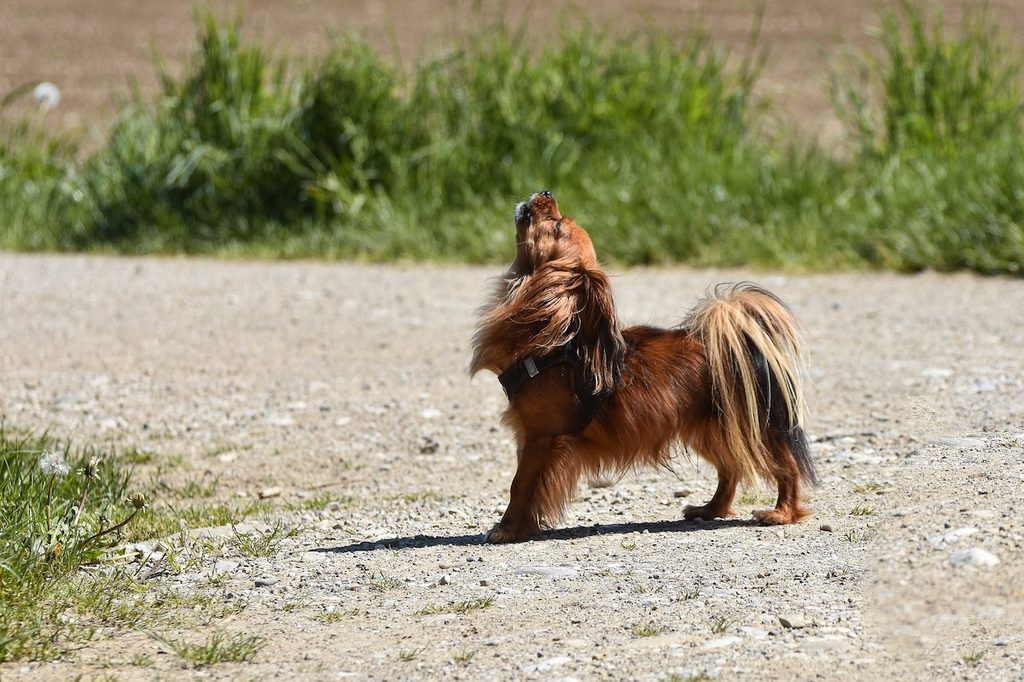What do our pets do when we’re not around? Are they stealing our shoes? Watching TV (and trying to eat off it)? Or perhaps the dogs and cats are engaging in a battle of wits. It’s a question probably as old as pets themselves, and we’re finally getting some answers, thanks to pet cams. In this hilarious pup video, we see another dog who thinks he’s alone, and decides to go for a good howl… until he gets caught in the act.
@amber.023 well… until he saw me lol #goldenretriever #goldensoftiktok #dog #dogsoftiktok #singingdog
Cooper the Golden Retriever opens our video with a long drawn-out howl of longing — he clearly misses his family and perhaps suffers from a touch of dog separation anxiety (his mom films from upstairs). The howling continues as the camera leans over to get a better glimpse of the sweet pooch. But then Cooper barks and looks up, catching her eye, and a priceless expression of shock comes over his face. The text reads, “I don’t think he realized I was home,” with a follow-up in the caption that says, “well… until he saw me lol.”
Many commenters attempted to describe this Golden’s hilarious reaction, including gothamthevampirecat who writes, “Dog ? said: whoooooo, hooooo…. Jesus Mom!!! ?.” Others narrated it a bit differently, with goodwerkshelper claiming, “He was like ‘Oh wait ✋️a damn minute.'”
It seems that everyone is able to get into the mind of Cooper to capture his loneliness and then happy surprise. Megan Parkinson remarked, “Just a golden retriever, golden retrievering ??,” which definitely rings true to anyone who’s ever had a Retriever as a furry friend.

What’s the deal with dog howling?
We all know that howling comes from wolves, but why do our dogs continue to make these noises, especially when they know that nobody can hear? Most likely, a howling dog is lonely and might also have a bit of anxiety about being left by himself. It is a good idea to set up a camera to check in on your beasts every now and then and see what they get up to when you leave the house (a laptop will work just fine). Excessive howling can mean separation anxiety, and you may want to work with a trainer to reduce that. On the flip side, many dogs just talk a lot, which translates to howling in canine language. For some breeds, like the bayers, howling is so ingrained in them that they frequently make noise just to make noise.
If a dog howls by the door and no one is around to hear it, does he make a sound? It turns out, yes, at least in Cooper’s case. Even though he may have started sad, Cooper got a pleasant surprise when he discovered his mom was actually home and will hopefully learn that he doesn’t have to be so forlorn anymore.



